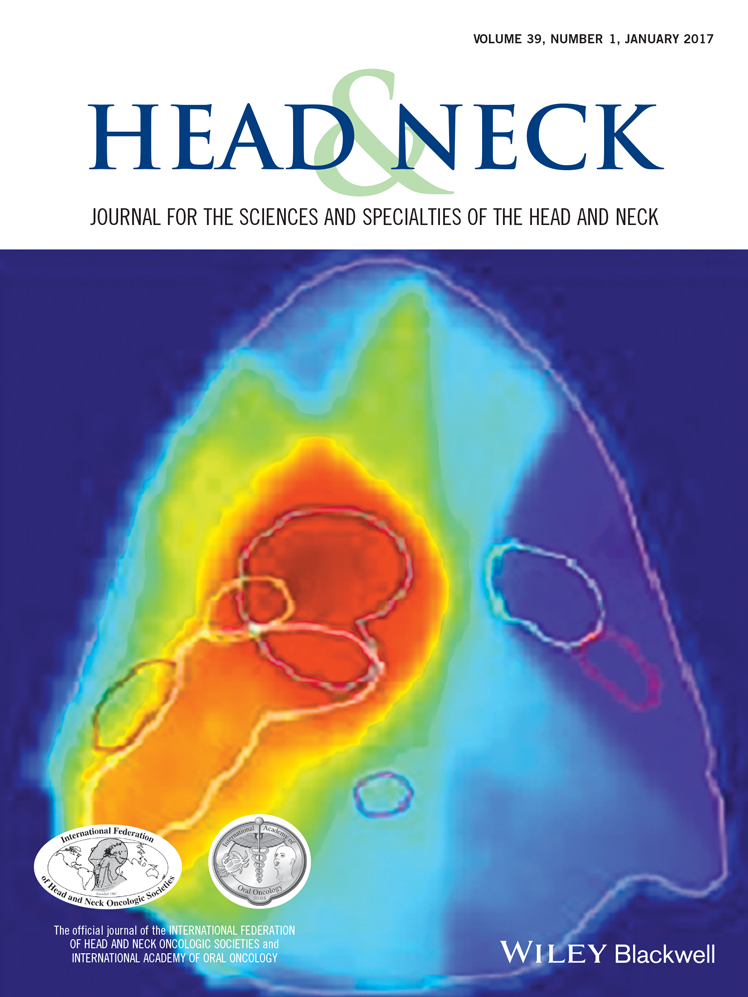Competing risks analysis of cause-specific mortality in patients with oral squamous cell carcinoma
Abstract
Background
Survival studies on head and neck cancers are frequently reported with inadequate account for competing causes of death. Realistic descriptions and predictions of postdiagnosis mortality should be based on proper competing risks methodology.
Methods
Prognosis of patients with oral squamous cell carcinoma (OSCC) in terms of mortality from OSCC and from other causes, respectively, was analyzed according to recent methodological recommendations using cumulative incidence functions and models for cause-specific hazards and subdistribution hazards in 306 patients treated in a tertiary care center in Northern Finland.
Results
More coherent and informative descriptions and predictions of mortality by cause were obtained with state-of-the-art statistical methods for competing risks than using the prevalent but questionable practice to graph “disease-specific survival.”
Conclusion
From the patients' perspective, proper competing risks analysis offers more relevant prognostic scenarios than naïve analyses of “disease-specific survival”; therefore, it should be used in prognostic studies of head and neck cancers. © 2016 Wiley Periodicals, Head Neck 39: 56–62, 2017




